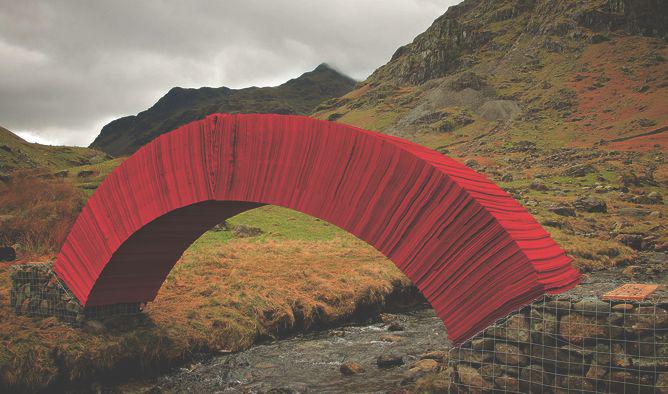Long before tiny houses were a lifestyle trend, architects, designers, and artists were creating small-scale buildings that allowed them to experiment and take creative risks. Nanotecture: Tiny Built Things, published recently by Phaidon, is a fun little book that “presents 300 examples of small built works that illustrate how tiny projects can convey interesting design resolutions,” author Rebecca Roke writes in the introduction, “all the more compelling for being made in miniature.”
Perhaps since nobody can agree on the exact dimension of what constitutes “tiny,” Roke divided the book into five chapters of small works that she organizes into categories using a Starbucks-like naming system that she has labeled from micro to mini to midi to macro to maxi.
“Whether micro or macro, many of the projects in this book are designed to be constructed as efficiently as possible,” she writes, adding that “tiny built things frequently convey a sense of freedom to experiment without the weighty responsibility of a large budget or complex functional requirements.”
And while many of the structures, which span the globe and were built in the past few decades, are variations on temporary or permanent housing, the book includes site-specific artworks, pavilions, sheds, installations, cabins, treehouses, animal shelters, and more, many of which are demountable, portable, inflatable, and otherwise ingenious and inventive in their design and construction methods.
“Nanotecture is a celebration of the small, the compact, the miniature and the tiny,” Roke writes, adding that the “inspiring, surprising and delightful” small-scale architecture featured in the book “illustrates that size is no barrier to architectural creativity.”
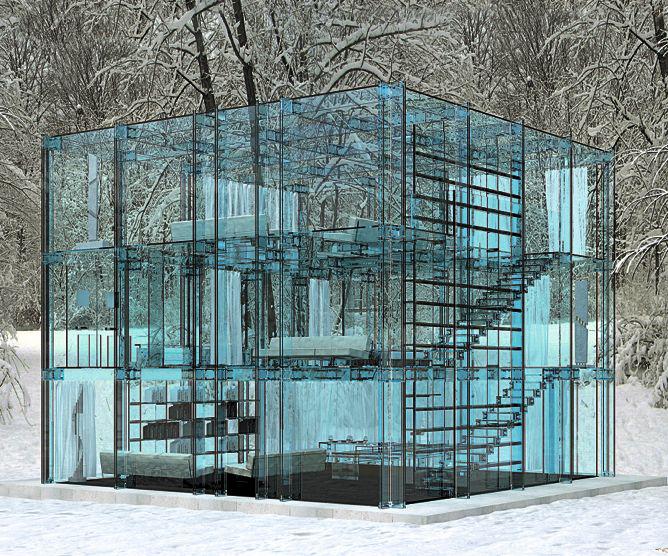
Phaidon
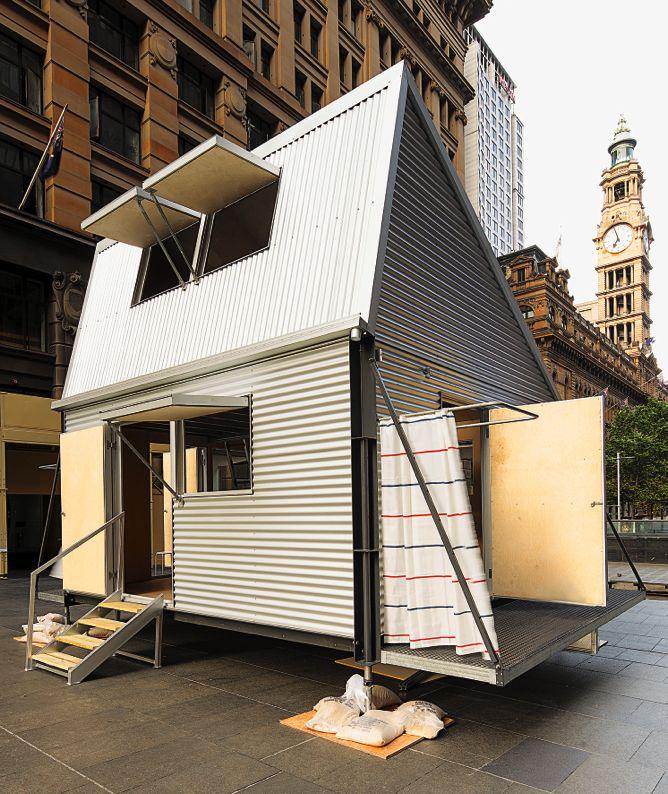
Emergency GRID housing by Carter Williamson Architects, Sydney, 2002. The insulated steel-framed structure is prefabricated and flat-packed and can be assembled in as little as four hours.
Phaidon

Phaidon
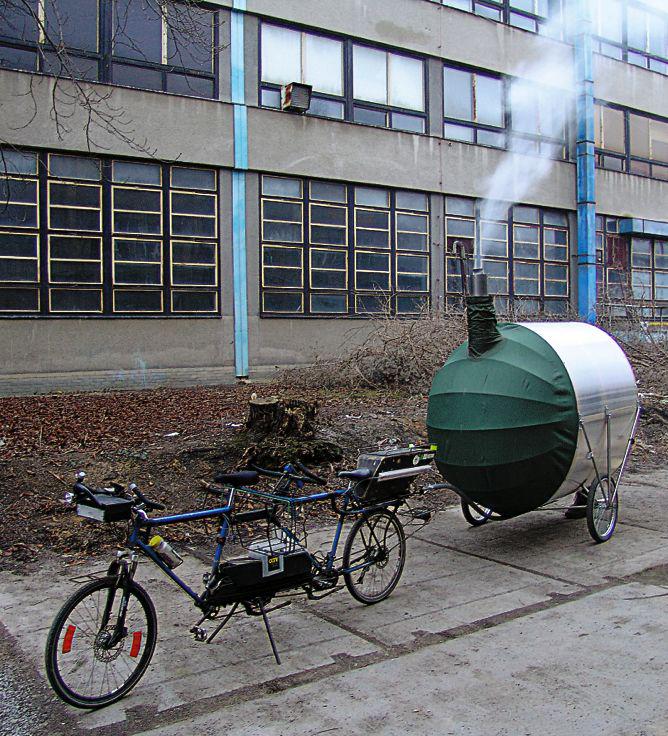
Bike Sauna by H3T Architects, Czech Republic, 2011. This portable sauna was designed to be towed by a tandem bicycle. Made of translucent polycarbonate panels bolted to a cylindrical timber frame and braced across an axle, it is heated via an interior fireplace and equipped with wooden benches that can seat six.
Phaidon
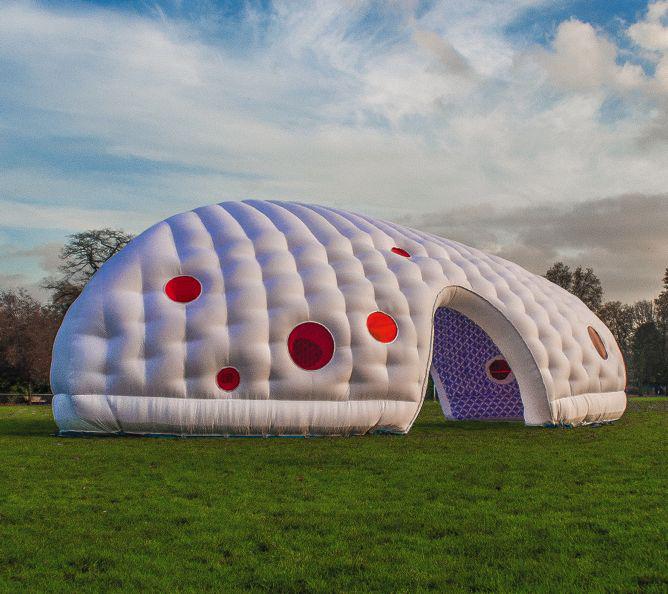
Inflatable Space, Essex, U.K., 2010. Designed by Phillip Schöne and Emma Penttinen for the Essex County Council, this nylon folly was built as a pavilion for a housing estate used by local residents for festivals and children’s events. The designers modeled its bulbous shape on the “visual language of insects—bugs and butterflies being especially liked by local children,” Roke writes.
Phaidon
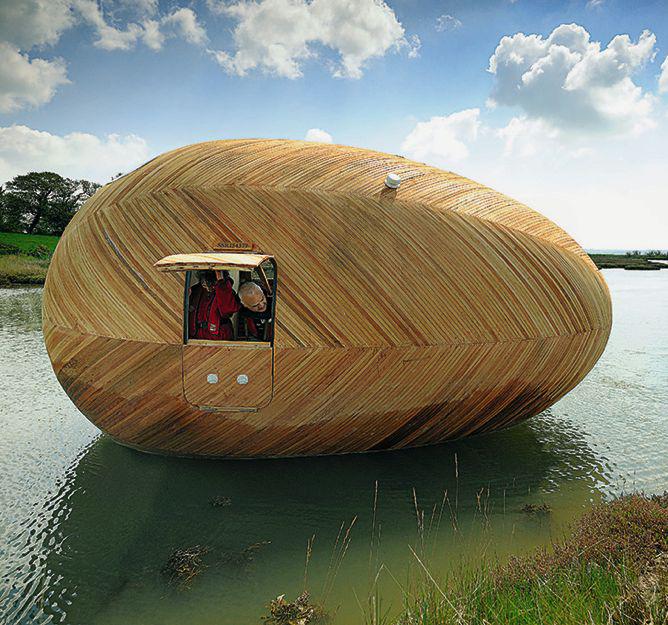
Exbury Egg by PAD Studio and Stephen Turner, Exbury, England, 2013. Moored on an inlet of the Beaulieu River in Hampshire, the oval structure is a workspace and home for artist Stephen Turner that rises and falls with the estuary’s tides.
Phaidon
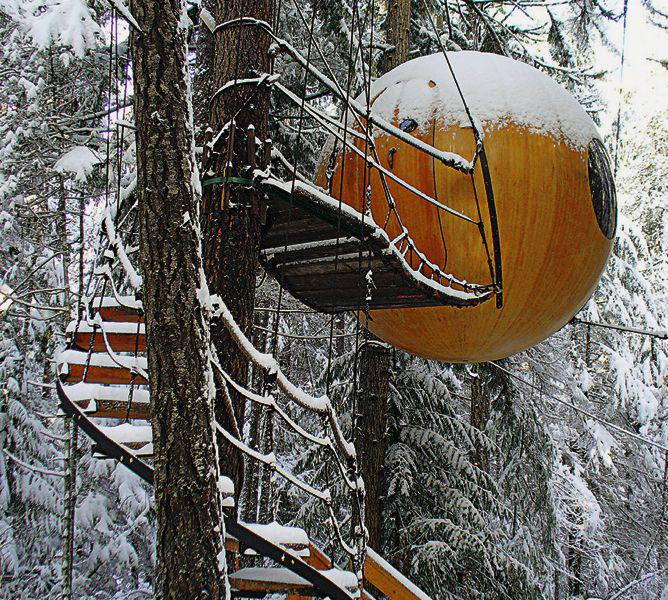
Phaidon

OTIS (Optimal Travelling Independent Space), Vermont, 2013. Designed to be towed on a standard trailer by a four-cylinder car, this small transportable house is an exploration into small-scale living built by students at Green Mountain College under the direction of Environmental Studies Professor, Lucas Brown. The 226-square-foot timber house is powered by a single 120-watt solar panel and includes a rainwater system.
Phaidon
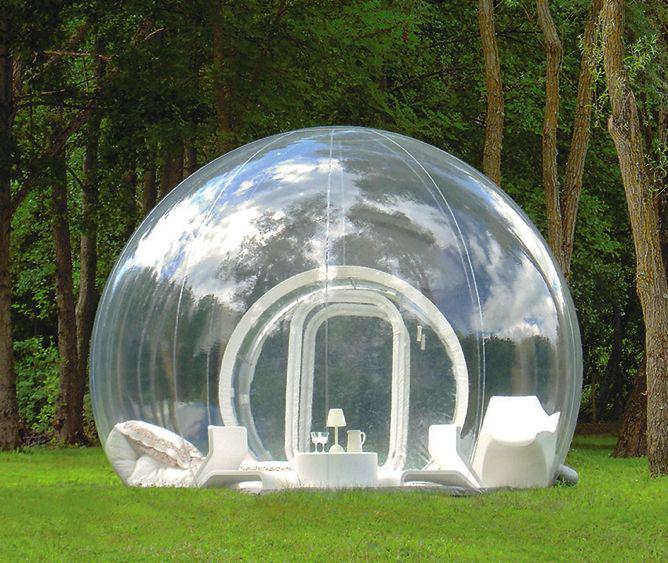
Phaidon

Phaidon

Mirror House was a temporary installation by sculptor Ekkehard Altenburger that floated in the water on the Isle of Tyree, Scotland, in 1996.
Phaidon
